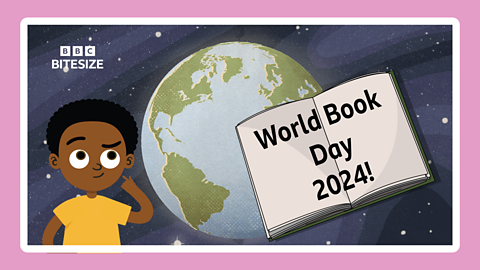Watch: What is a myth?
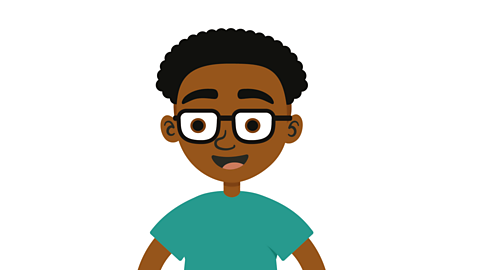
Myths are old tales filled with magical creatures, gods and mystery. They are not based on facts or reality.
Watch this video to understand more about what myths are all about.

What is a myth?
Myths were created by early civiliations to make sense of things happening in the natural world around them.
In Greek mythology the Titan Atlas bore the weight of the heavens on his shoulders.
A Greek myth is that Zeus, a God, threw down lightning bolts on to earth when he was in a rage.
While Norse myth reckons that Thor, another God, would cause lightning with his massive hammer.
So Norse people and the Greeks talked about the same thing, but used different myths.
The gods, creatures and heroes in myths are supernatural beings in a battle of good versus evil, but were given human qualities to help teach people how to live better.
They make for fantastic stories!
Myths
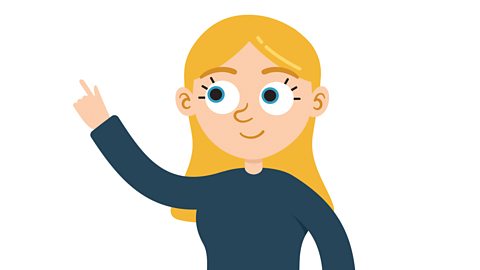
Many myths were created by early civilisations to make sense of things happening in the natural world around them because they didnÔÇÖt yet understand modern day science.
- In Greek mythology the Titan Atlas bore the weight of the heavens on his shoulders.
- Another Greek myth is that Zeus, a god, threw lightning bolts down onto earth when he was in a rage.
- A Norse myth suggested that another god, Thor, would create lightning strikes within his huge hammer.
Different groups of people would often try to explain the same thing (such as lightning bolts) but using different myths and/or characters.
The gods, creatures and heroes in myths are supernatural beings often in a battle of good vs evil. They were also given human qualities to help teach people to live better lives.

Watch: The Banshee
Find out about The Banshee myth.
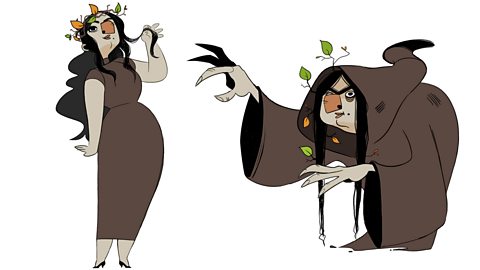
The Banshee is the story of a supernatural woman whose appearance and/or cry indicated that something terrible was about to happen.
As the Banshee has supernatural abilities, her story is a myth rather than a legend.
The Banshee has been reimagined in different places over different times. For example, in Ireland she has been known as The Keeling Woman, whereas in Scotland she has been known as The Little Washer Woman.
Although her appearance and name has changed over time, her appearance within a story is always meant to warn of approaching doom!

How to write a myth
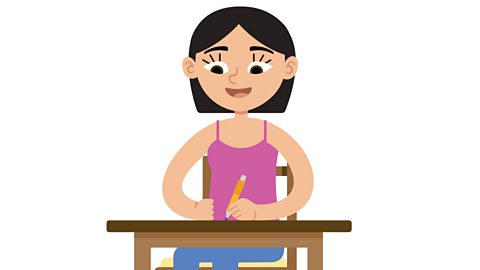
When writing a successful myth, there are key features to remember:
Characters - Myths are based on different gods who have different supernatural powers, often heroes and villains in a battle good vs evil, villains could be different creatures such as a three-headed dog.
Setting - Think about where the story is set often a magical place, use lots of description to describe the setting to the reader.
Journeys - What journey is the character going to go on?
Object - What object are they after?
Problems - Often the main character comes across a problem( or two) whilst on their journey.
Resolution - How is the problem solved?
Learning - What does the character learn to help them live a better life in the future?

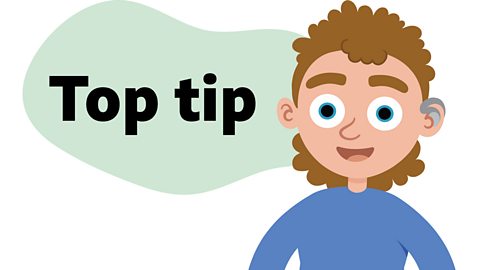
There are lot's of different devices you can use when writing your own myth such as :
Relative clauses
Similes and metaphors
Personification
Expanded noun phrases

Activity 1
Activity 2
Activity 3
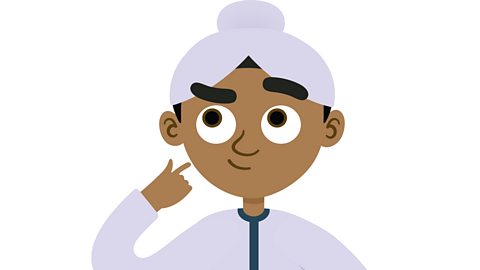
Analysing myths
Watch the first part of the myth, Freya and the Goblins.
As you watch the clip, think about the features of myths such as:
-Where is the myth set?
-Who are the characters in the myth?
-What journeys do the characters go on?
-What problem or problems occur?
-Any interesting words or descriptions used?

Freya and the Goblins part 1 from ┤¾¤¾┤½├¢ Teach.
Jot your ideas down on the features spotted so far. You could copy out the table below or draw your own mind map if you wish.
| Features | Notes |
|---|---|
| Setting ( Where is the myth set? What is it like?) | |
| Characters (Who are they?, Are they a hero or villian? Do they have any special powers) | |
| Journey (What journeys happen in the story?) | |
| Problem (What problems are occur in the myth) | |
| Object | |
| Resolution (How are the problems solved) | |
| Meaning or teaching within the Myth | |
| Interesting language used (description, similies, metaphors etc) |
Watch the final part of the myth, Freya and the Goblins and complete the table. Think about:
* Do more problems occur?
* How are the problems resolved?
* What is the meaning or teaching within the myth?
Freya and the Goblins part 2 from ┤¾¤¾┤½├¢ Teach.
Activity 4
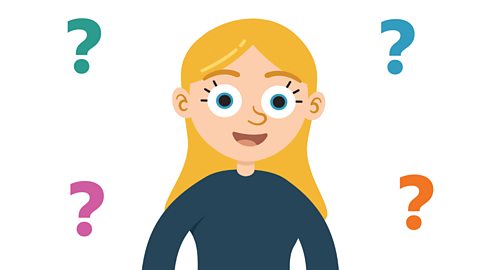
Invent five mythical people that match with different natural phenomena.
Write an explanation of how each character creates what we see in the natural world.
Top tip!
Remember mythical creatures or supernatural humans were used to make sense of things that happen in the natural world, such as rainbows or tornadoes. They can also link to different emotions, from happiness to sadness or from excitement to doom!

Activity 5
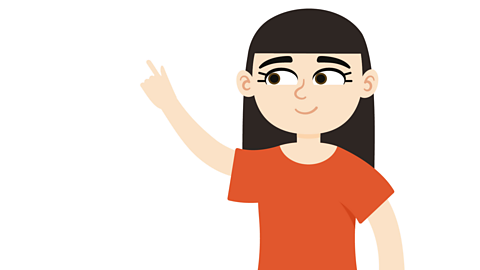
Before you jump in and start writing your myth, it's important to plan what you are going to write.
You could draw a story map or mountain or think about these key questions:
Where is your myth going to take place? - Think of adjectives you could use to describe what the setting is like, you could even draw a picture.
Who are the characters in your story? - What do they look like? How old are they? Are they a hero or a villain? Do they have a superpower?
What is the plot going to be? - What journey do the characters go on? What object are they trying to get?
What problems will they encounter? - Who do they meet on their journey? What have they been asked to solve? What happens?
How do they solve the problem? - How does the myth end?
What does the character learn? - What teaching does the myth have?
You could create a checklist of all the things you want to include.

Activity 6
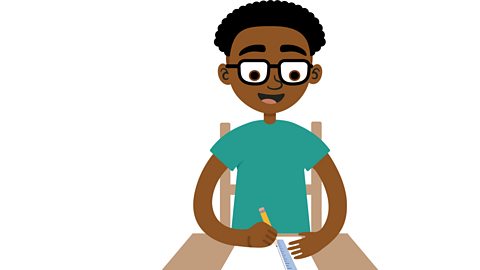
Get creative and write your very own myth!
Top tip!
Remember, myths include supernatural humans, monsters or gods and often try to explain things happening in the natural world, such as thunderstorms.
DonÔÇÖt be afraid to make mistakes, they are part of the writing process!

Play our fun English game Crystal Explorers. gamePlay our fun English game Crystal Explorers
Use grammar, punctuation and spelling skills to explore jungles, caves and tombs on your mission!

More on Fiction
Find out more by working through a topic
- count7 of 11
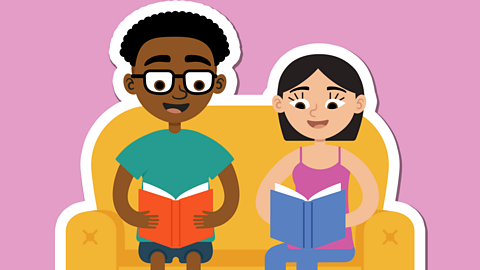
- count8 of 11

- count9 of 11
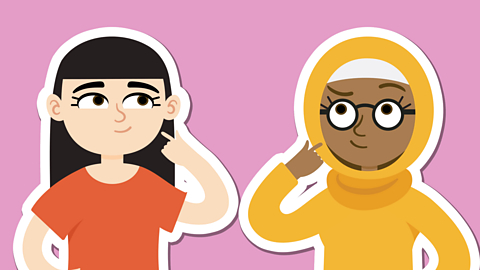
- count10 of 11
